Submitted by Sierra on Wed, 07/20/2022 - 09:46
During the summer of 2022, Bell Beecher Pitkin is working as an intern at Sinister Wisdom. We are pleased to introduce Bell to the Sinister Wisdom community.
Bell Beecher Pitkin is a Lesbian artist and student who lives and works between North Carolina and Boston, studying at Wellesley College. They work primarily utilizes 35mm and medium format photography, experimental print methods, and non-narrative video to explore themes of youth, memory, and identity often situated in the landscape and mysticism of the Southern United States. Currently, Bell is pursuing their bachelor’s degree in Cinema and Media Studies and will be completing a studio art thesis this year which studies folk art, vernacular photography, and family mythologies in the new American South.
Thus far, their work at Sinister Wisdom has included proofreading and editing, helping to organize and facilitate the ALFA 50th Anniversary event, and imagining a special art project for Sinister Wisdom’s 50th anniversary.
Bell Beecher Pitkin
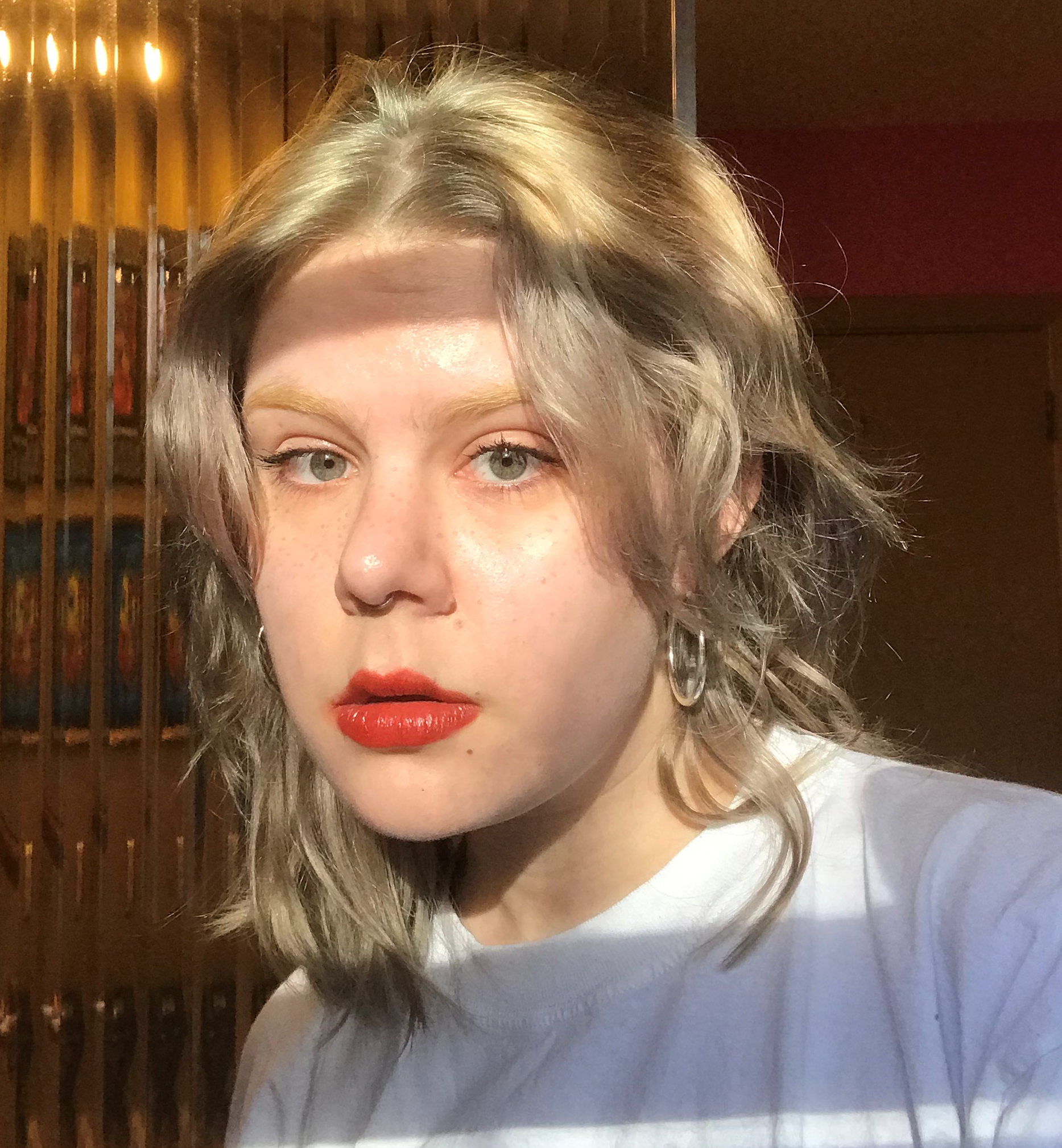
Eclipse Viewing, digital print
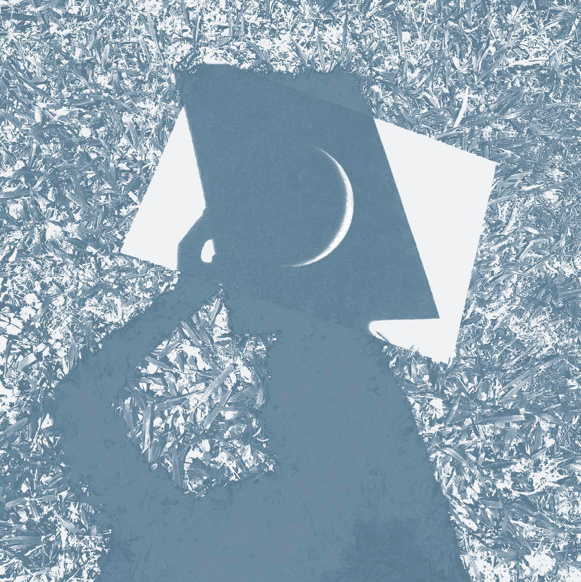
At Tupelo, silver gelatin print

Facing the Hill, silver collodion tintype
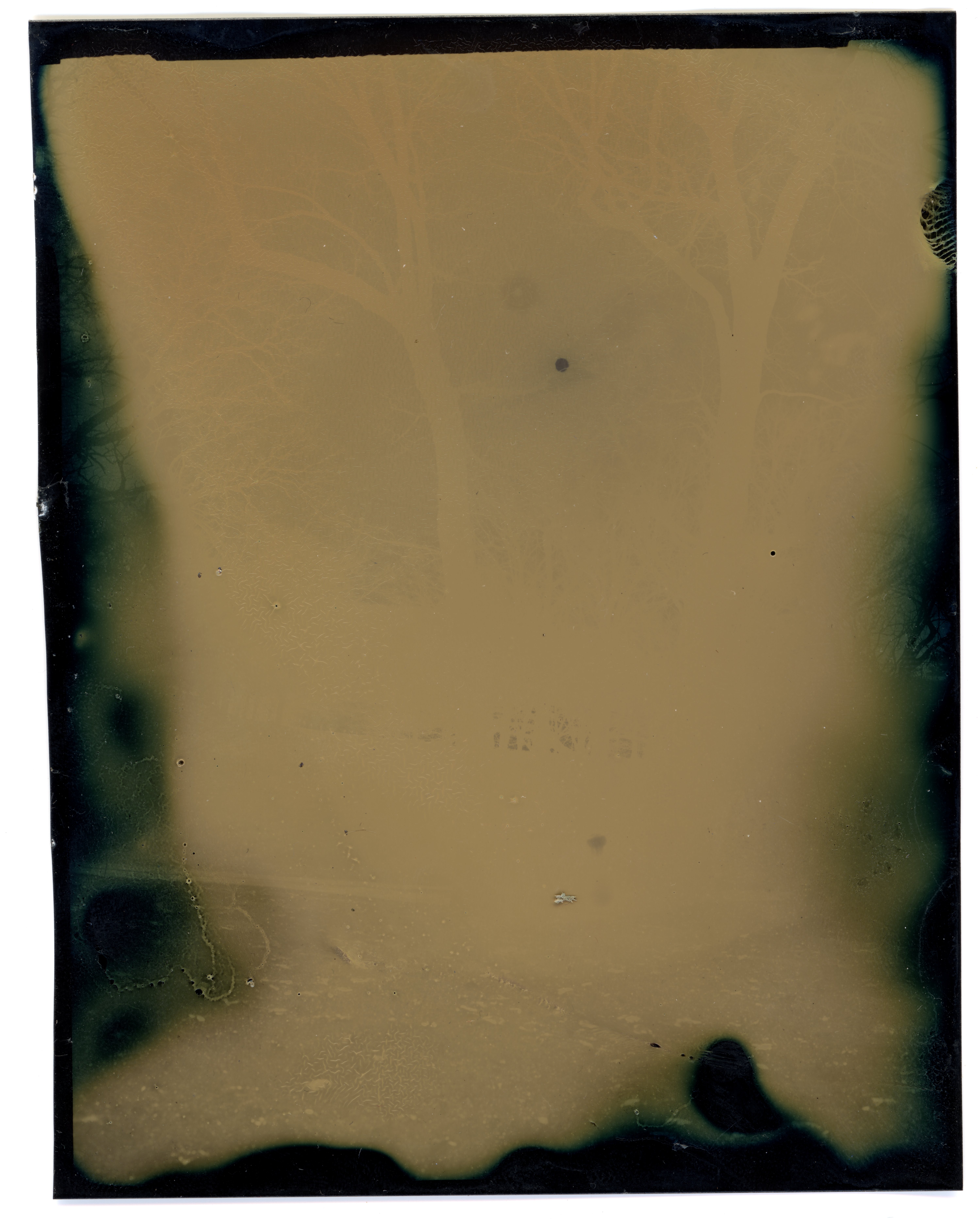
Zoe, 35mm color film scan
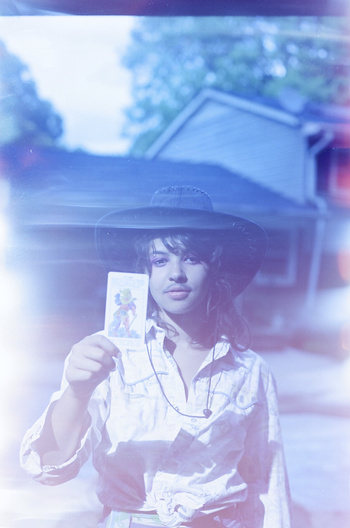
Submitted by Sierra on Sun, 07/10/2022 - 18:56
Sydney Schmidt (she/they) is a queer student journalist and undergraduate at George Washington University. They pursue a degree in Journalism & Mass Communication and International Affairs, with a concentration in Contemporary Cultures & Societies. She is a staff writer for College Magazine, blog manager for GW’s chapter of The Women’s Network, as well as Actions Deputy for GW’s chapter of the climate justice organization Sunrise. Her creative writing has appeared in GW’s student literary magazine Capitol Letters.
With Sinister Wisdom, Sydney is compiling a bibliography of poet and activist Terri Jewell’s work, and is enjoying the opportunity to learn more about Jewell’s writings, as well as the publications she appeared in. Additionally, Sydney is working on compiling and creating a design for an Editor Guidebook for Sinister Wisdom’s guest editors. Her transcription project is Hungerheart: The Story of a Soul, a 1915 semi-autobiographical novel written by Christabel Marshall.
Sydney Schmidt
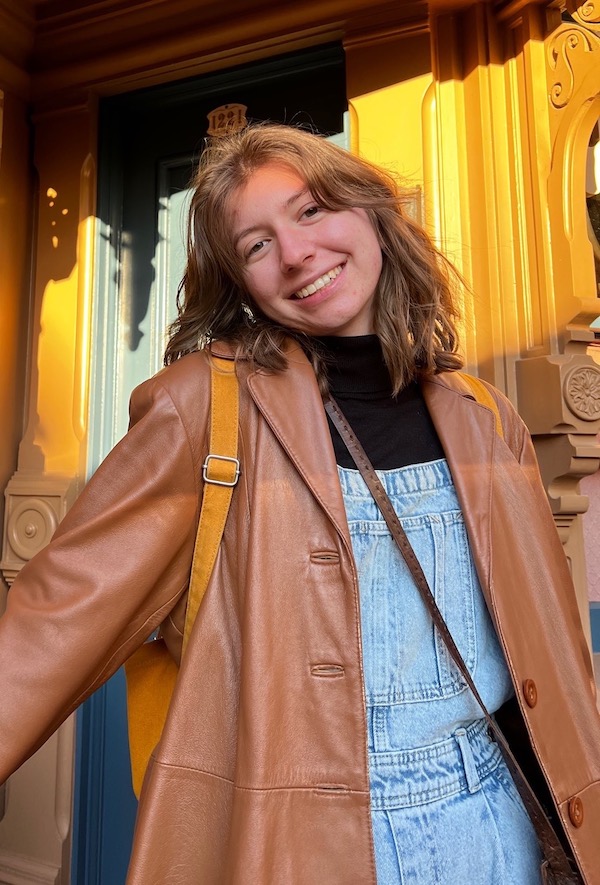
Submitted by Sierra on Wed, 06/22/2022 - 23:34
During the summer of 2022, Caitlin Abadir-Mullally (kt) is a non-residential creative endeavors fellow at Sinister Wisdom. We are pleased to introduce kt to the Sinister Wisdom community.
Caitlin Abadir-Mullally (kt) is a Coptic-American Lesbian artist and independent archivist based in Philadelphia. She works to create communities for those who live between spaces. Her research dives into fear, hybridity, queerness, collective thinking, grief, and cultural loss. Caitlin Abadir-Mullally works in sculpture, video, performance, and relationship building. Caitlin Abadir-Mullally is pursuing a master’s degree in library and information science with a focus in archival studies. She is passionate about documenting diasporic queer Southwest Asian and North Afrikan joy and complexity, and the agency of the living to decide how their narratives are preserved in her project Saffron.
Saffron is an LGBTQ+ Southwest Asian and North African (SWANA) archive. The archive documents, preserves, and shares access to celebration, stories, and moments of joy by diasporic, queer SWANA artists and creators. Saffron is a cherished spice that is versatile in dying fabrics, coloring and flavoring cuisine across the world and involvement with ritual that brings us close to the divine. These qualities mirror my experience of the LGBTQ+ SWANA diaspora. Saffron was incubated during my fellowship with YallaPunk in 2021. This archive is funded by the Leeway Art and Change Grant and will be expanded during my residency with Sinister Wisdom in 2022.
KT in her studio in Philadelphia

Tomb Reveal, Screenprint and Acrylic on Fabric

Mahshi Triptych, Digital Collage
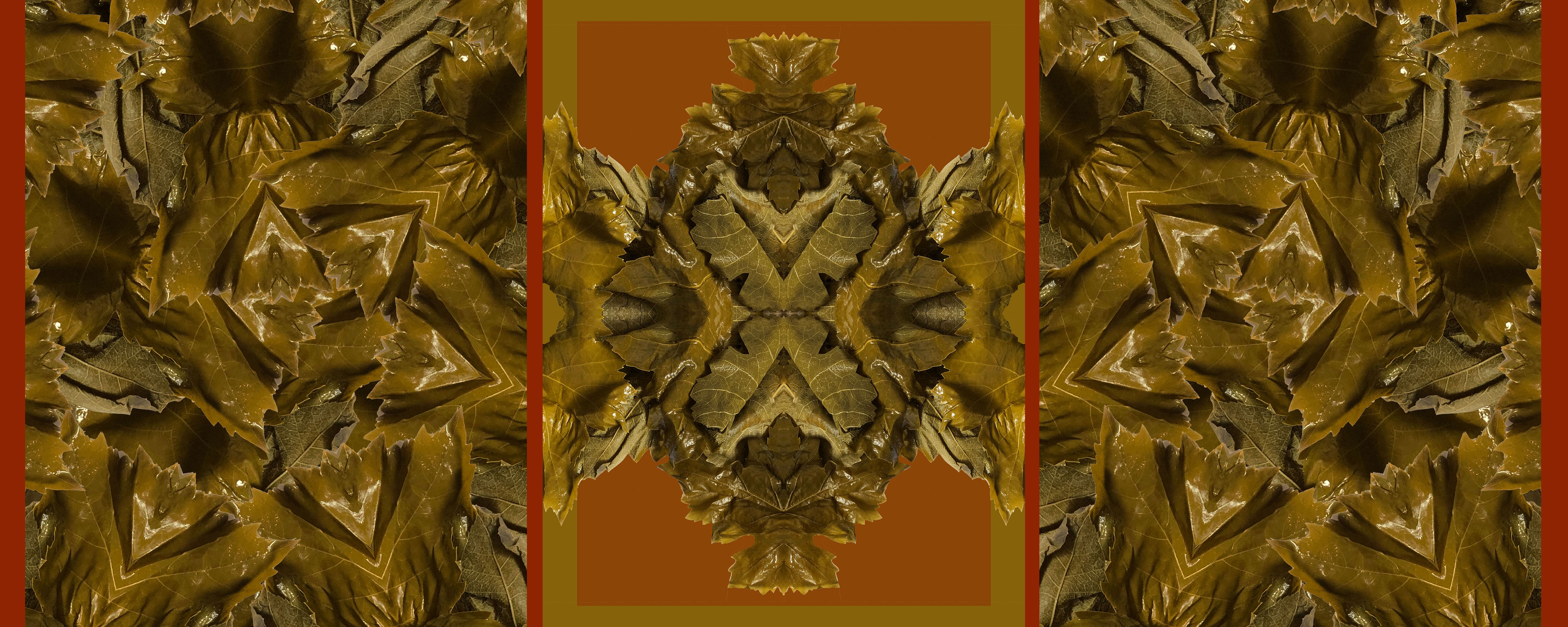
Saffron: An LGBTQ+ SWANA Archive graphic
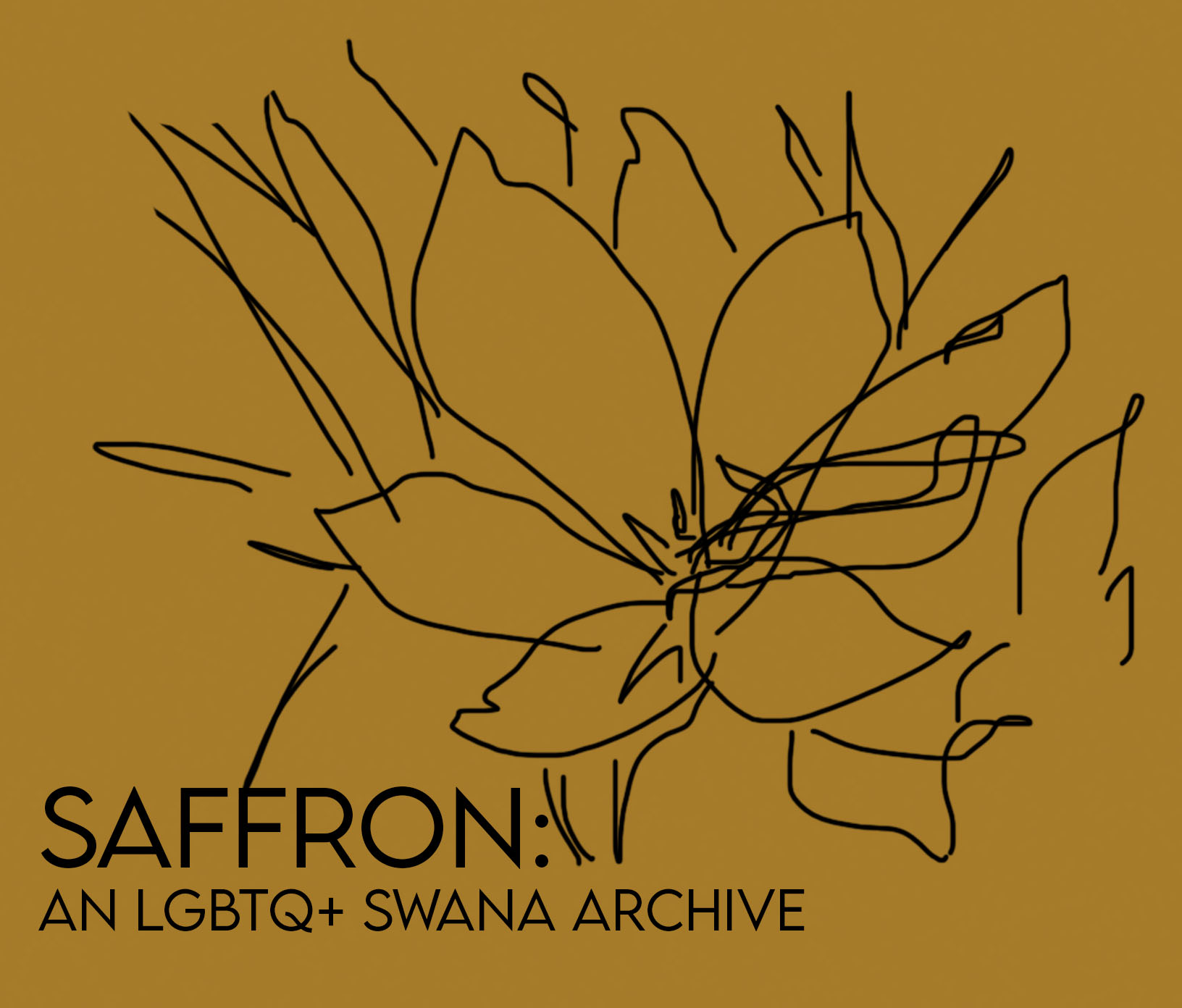
Pages